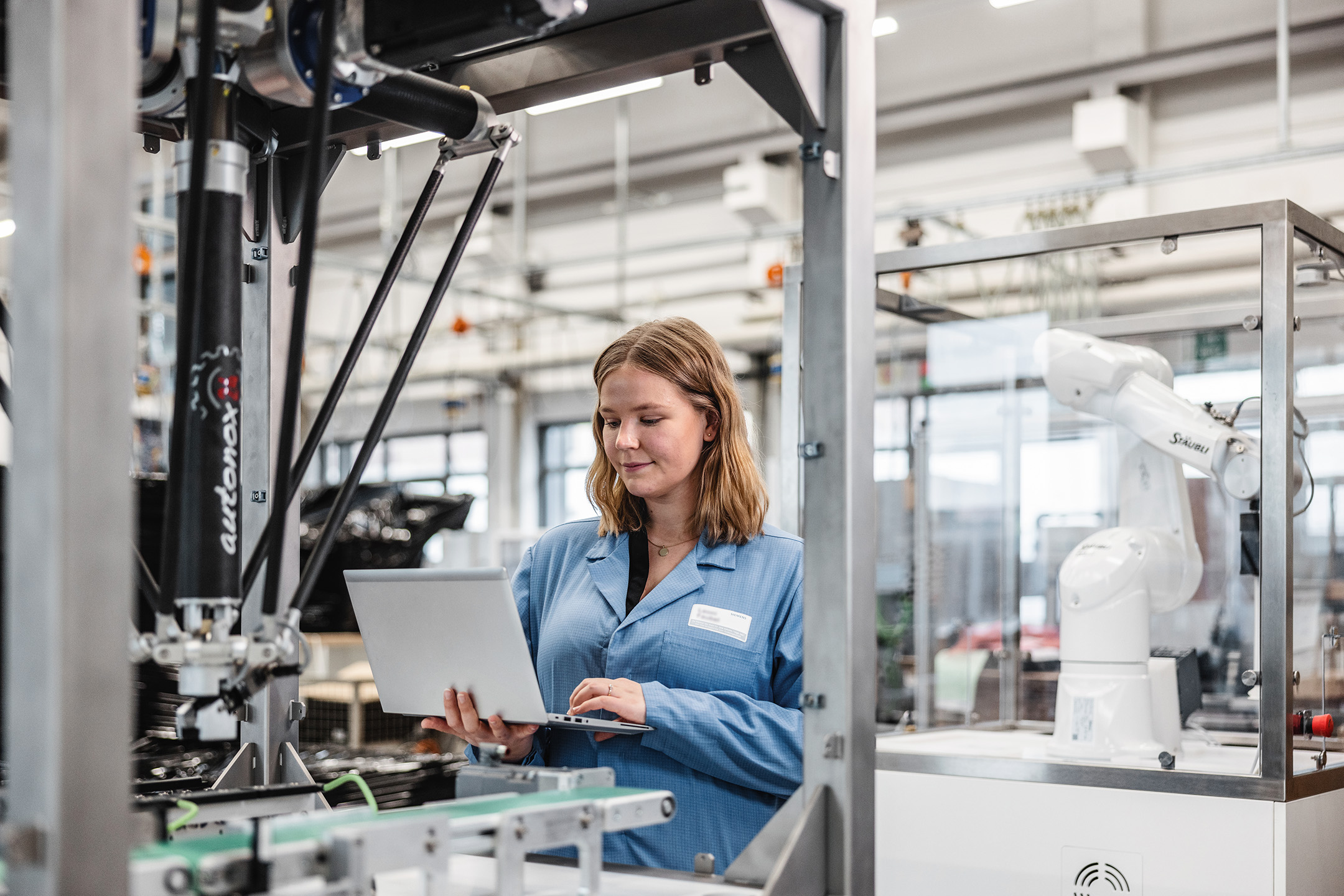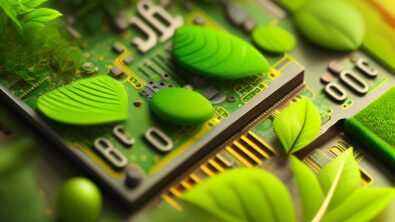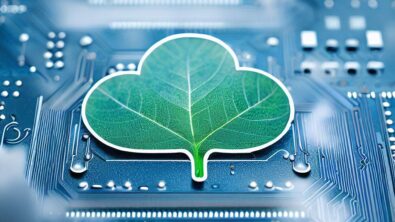Efficiency is key to more sustainable manufacturing

Podcast #3 in our new series with I-Connect007: Sustainability in Electronics Manufacturing
As we become more aware of our impact on the environment, it’s becoming increasingly important to find ways to make electronics manufacturing more sustainable. While electronic products like solar panels and electric vehicles can help reduce our overall carbon footprint, the manufacturing process can have a negative impact on the environment. So, how can we make electronics manufacturing more sustainable?
We explore this question with Mark Laing, business development manager at Siemens Digital Industries Software, in the latest podcast in our Sustainability in Electronics Manufacturing podcast series.
When something is inefficient, it’s also unsustainable
One key aspect in efficiency is the defect rate. In the shift to high-mix manufacturing, defect rates go up – leading to more scrap, repairs, and recycling. To make the process more sustainable, we need to focus on process engineering. By ensuring that the setup of the production line meets the needs of the product, we can manufacture more efficiently. This helps to reduce waste and ultimately leads to a more sustainable operation.
Another area to consider is the machine aspect. Production machines take up space and require significant resources to run, leading to energy usage and pollution. By planning and running production more efficiently, manufacturers can reduce their overall carbon footprint while still producing the same amount. This means running 2 manufacturing lines instead of 3, for example. By reducing the number of production lines, we can also reduce the number of people required to operate them, which further impacts sustainability.
The human aspect of sustainability in manufacturing
The human aspect is also critical to making electronics manufacturing more sustainable. Labor costs are rising, and it’s becoming increasingly difficult to find qualified employees. To keep manufacturing sustainable from the employees’ point of view, we need to keep stress levels down and provide adequate tools to carry out tasks. This means using software solutions to help employees be more flexible, adapt to changes, and carry out different tasks. By leveraging intelligent process engineering software, manufacturers can hire a smaller number of employees and give them the tools to be successful without overworking them. This is another form of sustainability, as the ability to sustain the labor force long-term is critical to future electronics manufacturing.

When planning to re-shore electronics manufacturing, it’s also important to implement software best practices. This can enable manufacturers to hire a smaller number of employees, thereby avoiding the additional carbon footprint of many employees’ commutes to work.
The challenges of efficient manufacturing
In conclusion, making electronics manufacturing more sustainable requires a focus on efficiency, machine usage, and the human factor. By implementing software solutions and planning production more efficiently, we can reduce waste, energy usage, and carbon footprint while still producing high-quality products. It’s up to all of us to work together to create a more sustainable future for electronics manufacturing.
Listen to our latest podcast for an in-depth discussion on the challenges of efficient manufacturing, and how manufacturers can address them.
Other podcasts in the series
Listen to the full series!


